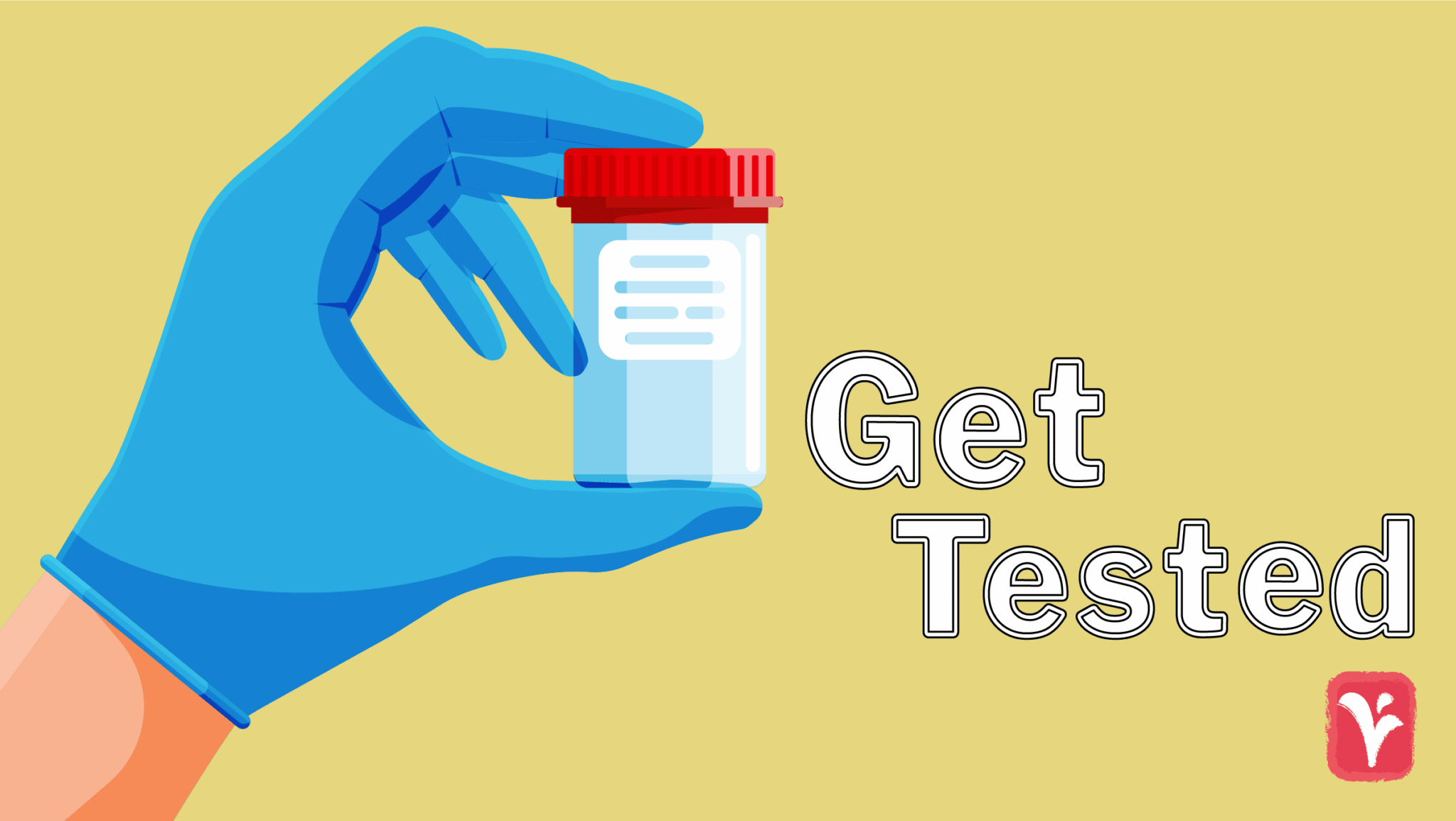Austin Women’s Health Center offers convenient STI testing. You can visit our center Monday through Thursday, and we will discuss any symptoms. We will collect a culture in-office, send it to an independent lab, or refer you to a lab.
We will review the results and your treatment options and answer any questions you might have. We can also answer any questions about safe sex and future STI prevention planning, such as the HPV vaccine (Gardasil) and HIV prevention through PrEP (Pre-exposure Prophylaxis) and PEP (Post-exposure prophylaxis.)
Why Is STI Testing Important For Your Health
Sexually transmitted infections (STIs) are very common. According to the CDC, 1 in 5 people have an STI on any given day. In the US, rates of STIs have been on the rise. 2020 surveillance data found that gonorrhea, syphilis, and congenital syphilis cases, when a birth parent passes syphilis during pregnancy, have each increased exponentially since 2016. One likely reason for the uptick in cases is that the pandemic diverted healthcare staff, a lack of in-person testing, and concern for in-person exposure to Covid.
Reported decreases in chlamydia found in the 2020 surveillance were unlikely due to fewer cases but because of less testing. Many chlamydia cases are asymptomatic, meaning people can carry the virus without knowing it. Preliminary 2021 data suggests that rates across the board continue to increase.
STI rates across the country impact young adults the most, where over half of all new cases were found among young adults and adolescents. Disparities also exist among racial and ethnic groups. The CDC found that 32% of primary and secondary syphilis, chlamydia, and gonorrhea cases were among non-Hispanic Black individuals.
All STIs are treatable, but they can create lifelong complications when left untreated. As a sexually active person, receiving frequent STI testing is imperative to help protect your sexual health and the health of your partners.
Myths and Misconceptions About STIs
Misinformation about STIs can obstruct people from receiving necessary testing and care. Because of sexual stigma, many myths around STIs exist—from how they are transmitted, who they affect, and what they mean.
Myth: You will know an STI when you see it
Fact: Not all STI symptoms are visible. Many STIs are asymptomatic, meaning you can have one and pass an STI to a partner even if you show no signs. The only way to know if you have an STI is to receive an STI test.
Myth: Condoms protect against all STIs
Fact: While condoms can help lower your risk of many STIs, they are more likely to protect against STIs transmitted via fluids. They do not protect against STIs exchanged via skin-to-skin contact or areas a condom won’t cover, such as HPV or genital herpes.
Myth: You can’t get an STI from oral sex
Fact: It is possible to get STIs on the genitals after receiving oral sex from someone with a mouth or throat infection. It is also possible to get certain STIs on your mouth or in your throat after performing oral sex on someone with an infection on their genitals. In fact, Human Papillomavirus (HPV) is a common cause of throat cancer.
Myth: If you’re in a monogamous relationship, you don’t need to worry about STIs
Fact: There are many reasons to get tested in a monogamous relationship:
- Your partner could have a recurring infection they thought they previously cleared
- Your partner could have an infection that takes months to show symptoms, like HPV or HIV; when you initially started dating, they might have tested negative.
- You can pass an STI back and forth.
Myth: If you’re asymptomatic, the STI probably isn’t that bad
Fact: When left untreated, certain STIs can create life-long complications. If left untreated, STIs that are asymptomatic can cause damage to you and any sexual partners.
Myth: Receiving a positive STI means you are…
Fact: Contrary to STI stigma, getting an STI is extremely common. Receiving a positive STI diagnosis doesn’t say anything about your character; it simply means that you have an infection, just like the common cold.
How Often Should You Get STI Testing?
Receiving STI testing is an important way to protect your health. According to the CDC, the following criteria can help you determine when to receive STI screening:
- All adults and adolescents from 13-64 should receive at least one HIV test in their lifetime
- Those who are pregnant should be tested for syphilis, Hepatitis B, Hepatitis C, and HIV early in a pregnancy
- Sexually active women younger than 25 should be tested for chlamydia and gonorrhea every year
- Men who have sex with men (MSM) should be tested for STIs like syphilis, chlamydia, and gonorrhea at least once a year.
- If you engage in riskier sexual behaviors or exchange needles, you’ll want to receive HIV testing at least once a year.
Additional factors to account for can include a new partner, finding out one of your partners is positive for an STI, previously testing positive for an STI (you’ll want to confirm a negative result after receiving treatment), or having casual sex. You’ll also want to get a test if you experience any symptoms such as unusual discharge, painful urination, lumps, rash, or skin lesions in the genital region, itching, blisters, sores, or warts around the genitals or anus.
Receiving STI screening is a routine part of taking care of your sexual health. It’s essential to remember that STIs are extremely common, and receiving timely diagnosis and treatment can help mitigate many potential long-term effects.
